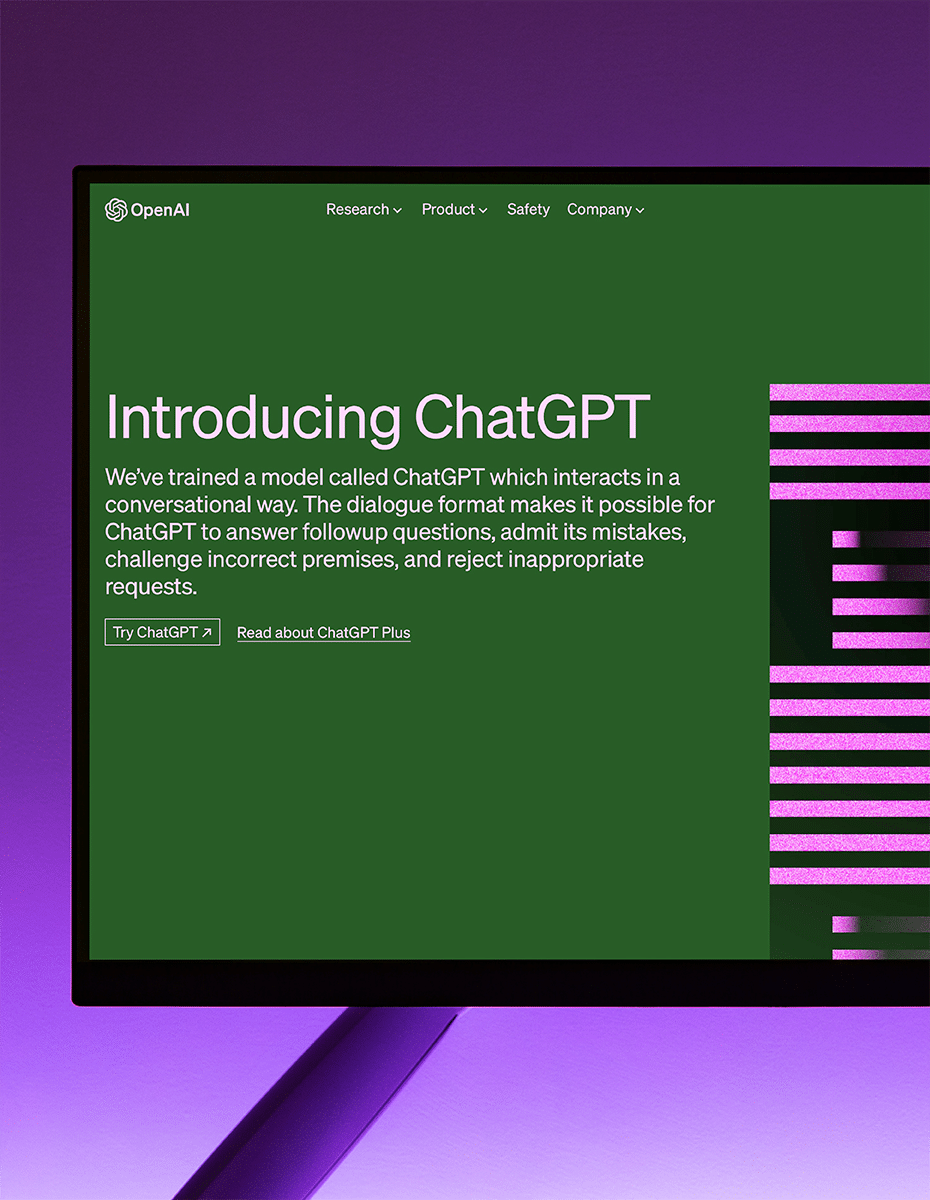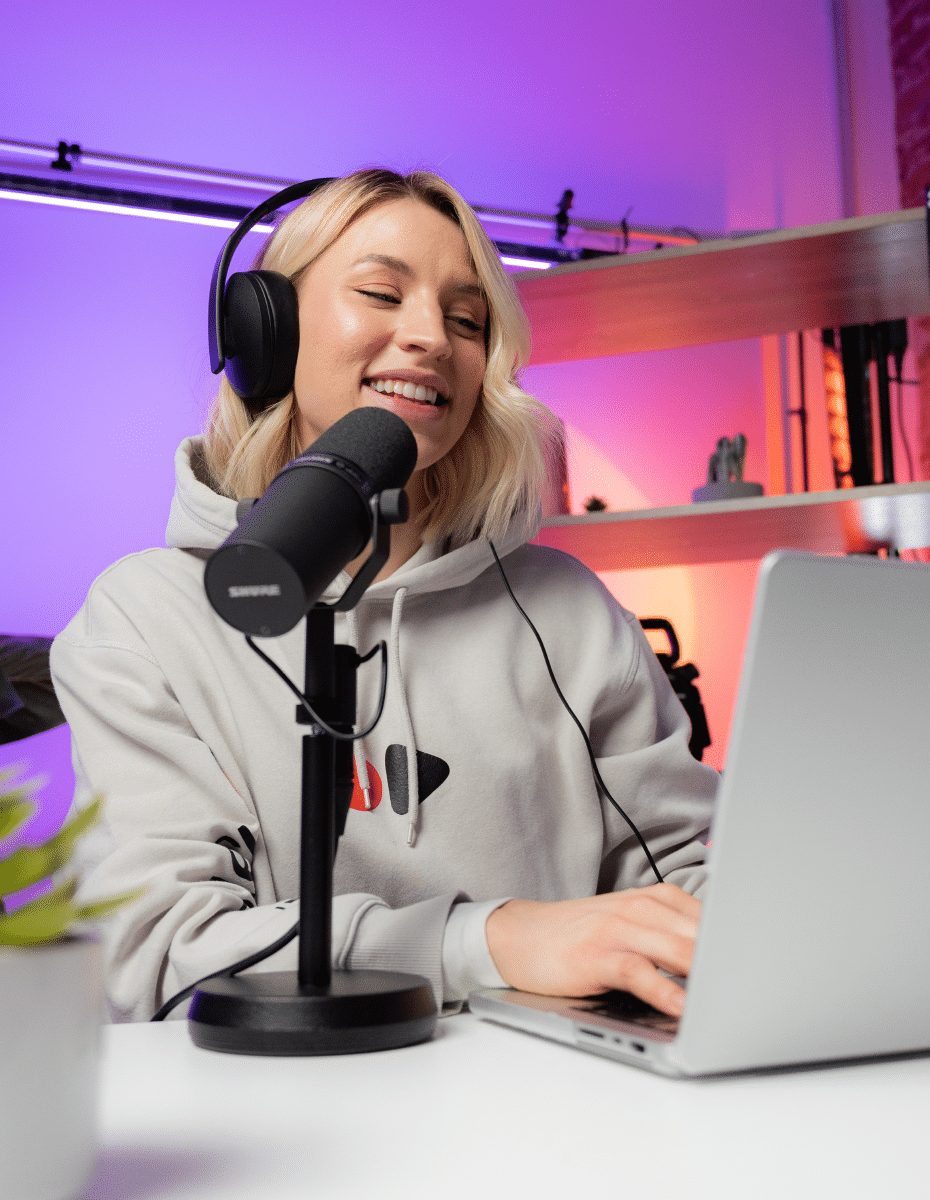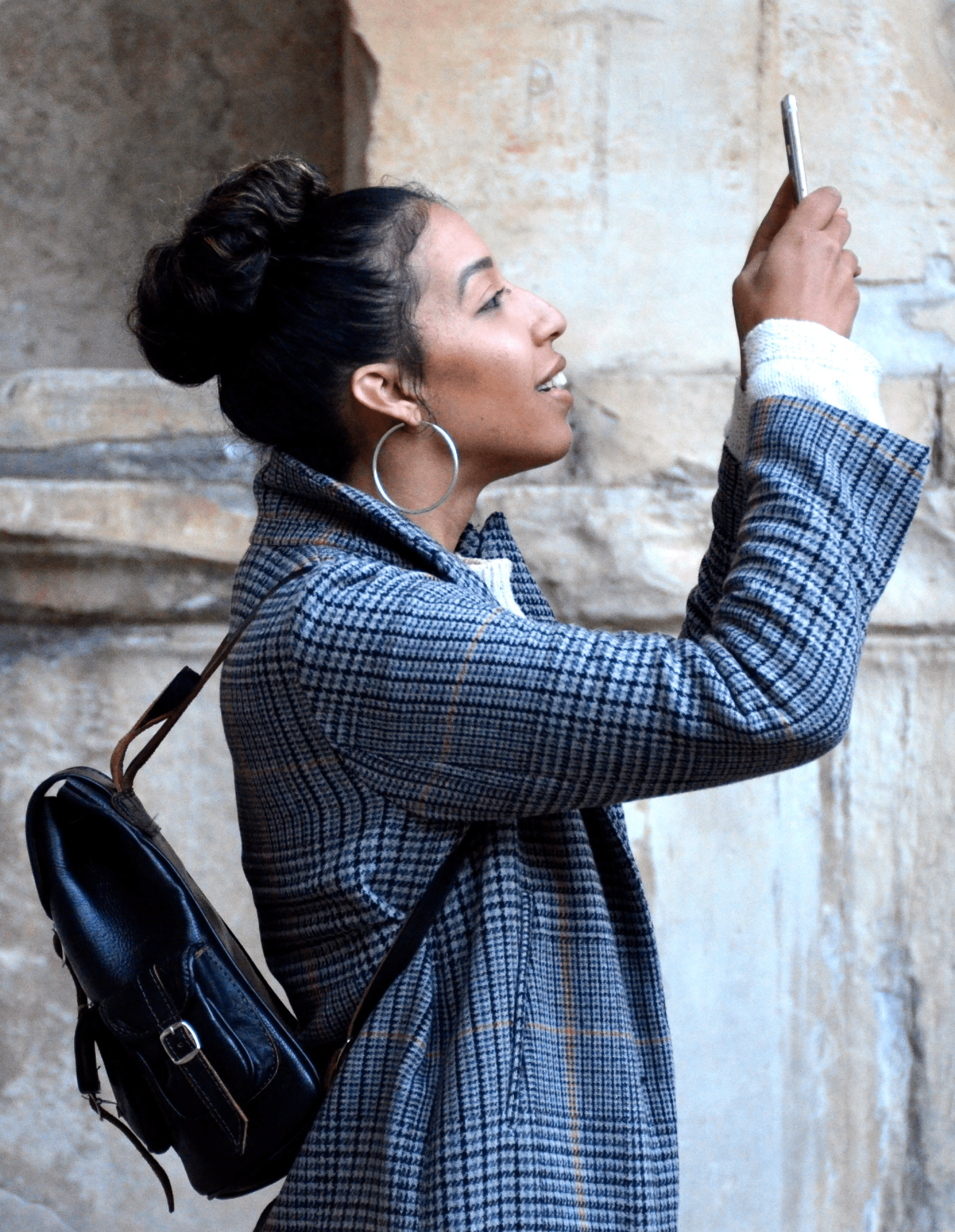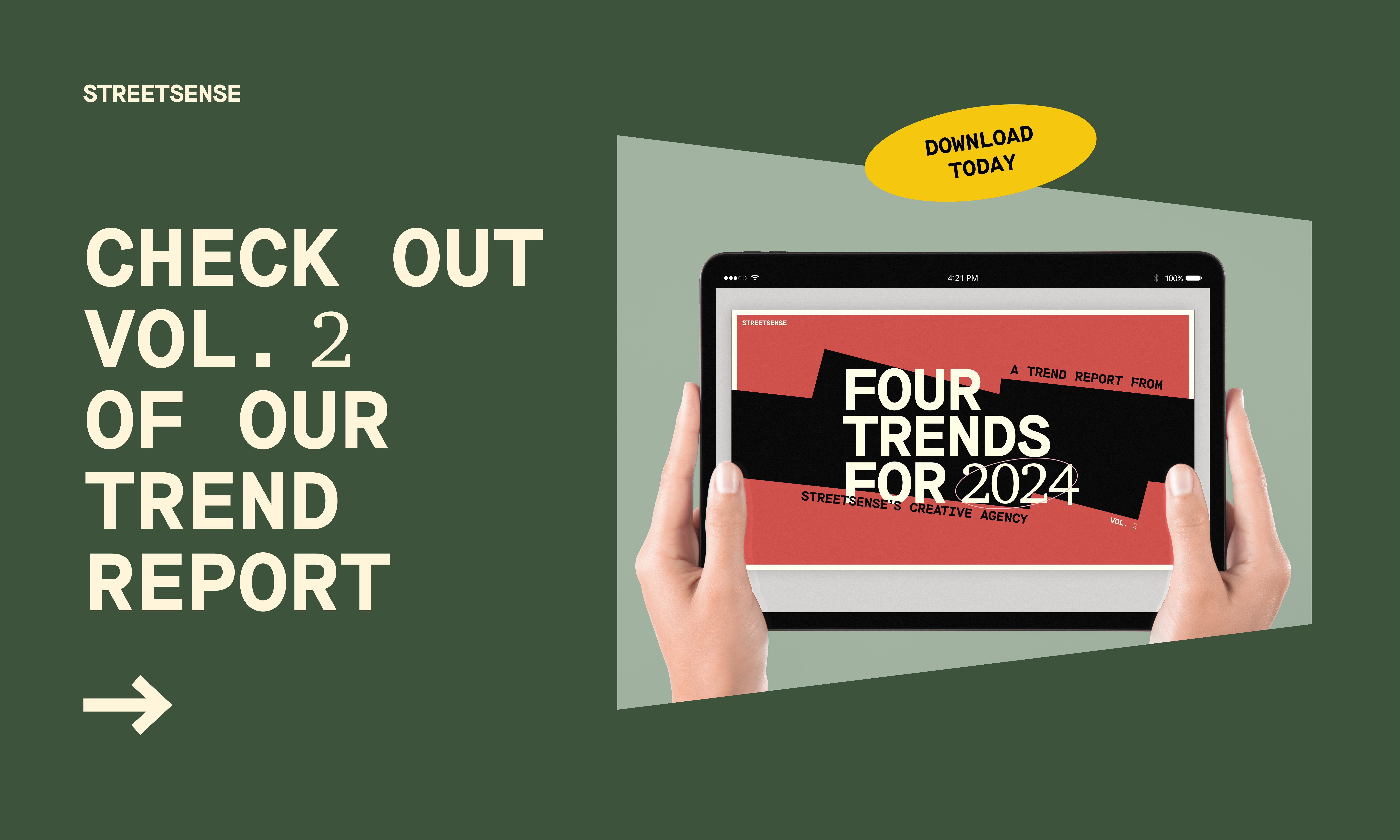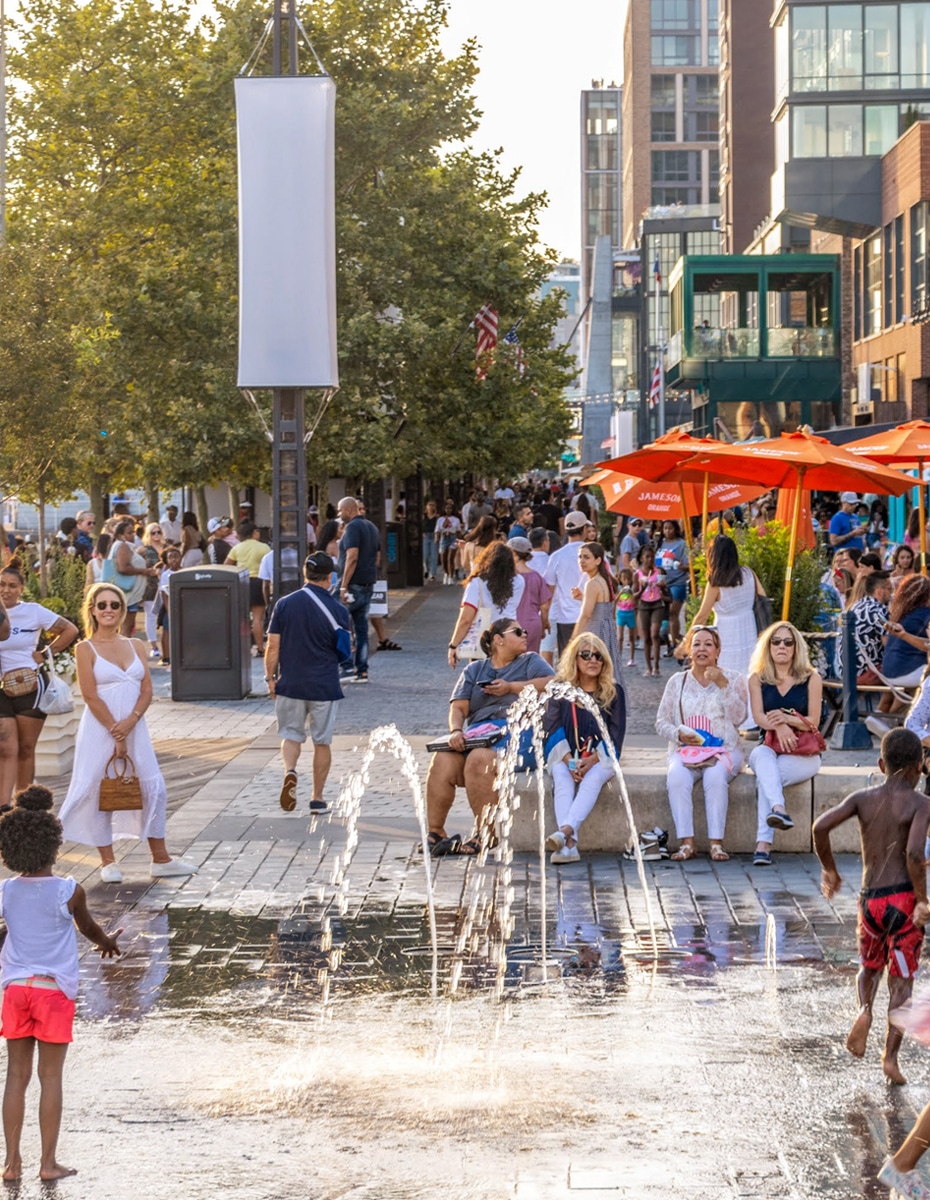Managing Director,
Marketing Strategy
There’s only one constant when it comes to social media: change. While we previously shared three trends to watch in 2022, the new quarter brings plenty new momentum to monitor. Last week, Greer Kimsey & I had the pleasure of presenting the latest at the Multifamily Social Media Summit, where we focused on the nine social media macro trends top of mind to our marketing team. (P.S.: Don’t forget to subscribe to our weekly marketing news roundup so you don’t miss a beat!)
TikTok is No Longer the Underdog
The global pandemic played a huge role in TikTok’s upward trajectory; the more people stayed home, the more they took to their phones for entertainment and connection. In the first half of 2021 alone, there was a 61% increase in app mentions year over year, paving the way for TikTok to become the first non-Facebook app to reach 3 billion global downloads (and famously surpassed Google as the world’s most popular web domain). Also of note: It’s not just for kids—nearly 20% of TikTok’s users are over 39. TikTok’s next challenge is to expand its e-commerce offerings, building on the partnership with Shopify and the August launch of TikTok Shopping. Along with Pinterest and Snapchat, TikTok is expected to see the largest increase in paid spend year over year.
Other Platforms are Following Suit with Vertical, Social-First Video
When you consider that the fastest growing social app is entirely fueled by short form video, it’s no surprise to read in HubSpot’s 2022 social media marketing report that marketers are investing more here than in any other content format:
– 50% plan to leverage for the first time this year
– 95% plan to increase their investment if they’re already using it
– 26% plan to invest more here than in any other format
Other platforms have taken notice and are racing to roll out their own versions of this snackable content format. Reels, for example, are Instagram’s primary driver of growth: As they’re served to users who don’t necessarily already follow your account—and are favored by the algorithm without (yet) requiring paid spend—this is a workaround to the traditional pay-to-play model and an opportunity to drive greater brand awareness on the platform. Similarly, YouTube continues to develop its Shorts feature, which have recently topped 5 trillion views. Pinterest redesigned its home feed to look more like TikTok and introduced vertical video stories called “Idea Pins,” and Snapchat created Spotlight to incentivize creators to use Snap as the short-form platform of choice.
The Metaverse is the Next Storefront
The metaverse is a catch-all term that combines the physical world with subsets of technology, including virtual worlds and augmented realities. This “phygital space”—initially carved out by the gaming industry—is now being used more broadly to democratize access to brand experiences and unlock entirely new audiences. For example: Consumers who previously may have been unable to make or afford the journey to an activation IRL can now engage with brands, and even buy from them, in virtual worlds on platforms such as Roblox; teams can better replicate the meeting room experience through Facebook’s Horizon Workrooms; and shoppers can use Pinterest’s try-on filter to test drive furniture in their apartment before committing. There’s no denying this new frontier for the physical storefront … and the power of extending brand experiences in this whole new world.
Audio-Only is Still Evolving
In 2021, Clubhouse rocked the social media world—and leaned in to idle time during pandemic lockdowns— with an app built on audio-only conversations. (The beauty for marketers: low cost production!) Similar to what we’ve seen with vertical-video, other apps jumped on the bandwagon … and show no signs of stopping. In fact, some would argue that Twitter, Spotify and others are already beating Clubhouse at its own game, and with much larger user bases: Twitter may be building out a podcast tab to house recorded Spaces conversations (giving that content a much longer shelf life); Facebook launched a podcast feature for select creators last year; LinkedIn is debuting its own podcast network; Reddit enabled recording for its audio-only feature, Talks; Amazon’s Amp enables everyday users to become radio DJs, and Spotify just announced that Greenroom—its live audio app—is being integrated into the main app and being rebranded as Spotify Live.
Platforms are Investing in More Ways for Brands to Connect with Creators and Their Communities
Across the board, social platforms are investing in tools for creators that ultimately enable brands to build stronger connections with them—and their communities. TikTok, Twitter, Youtube and others are incentivizing creators to play on their platforms by setting up sizable funds to better connect revenue to content. Snapchat and TikTok even have dedicated creator marketplaces, which allow brands and creators to connect directly for campaign opportunities. This is especially important, as these types of brand partnerships are expected to increase (66%+ in 2021) and 2022 will see an emphasis on long-term partnerships that feel more authentic. The business impact: 53% of consumers say social media posts by influencers are very/somewhat influential in purchasing decisions, with 44% of Gen Z consumers and 56% of Millennials claiming they’ve purchased a product after seeing an influencer recommend it.
Digital Communities are More Important Than Ever
Increasingly, social is being used as a place to connect with others in more intimate ways—and in ways that serve more niche needs—than before. More than a billion Facebook users regularly engage with Facebook Groups, which may give brands some incentive to join, as they can bypass the Facebook news feed algorithm and connect with audiences where they will actually likely see and interact with branded posts. Twitter is developing Communities with different membership rankings where users can tweet to user groups, and you can’t forget about Reddit, which is inherently built around group discussion and boasts over 430 million monthly active users. In addition to providing a workaround to the algorithm (and increasing organic reach), these digital communities are a great place to gather market research and to drive year-round engagement outside of campaigns.
Purpose-Driven Brands are the Way of the Future
There’s mounting data that shows building a brand (and content marketing strategy) around purpose is good for business. 62% of customers want “companies to take a stand on current and broadly relevant issues like sustainability, transparency or fair employment practices,” and conversely, 64% of consumers around the world will buy or boycott a brand solely because of its position on a social or political issue. Data shows that when consumers share these positive values and interactions with your brand, they’re more likely to pay more for your brand, advocate for it, and share it with other people, especially Gen Z consumers.
Cookies are Crumbling
Google is phasing out cookie tracking by the end of 2023, so paid social will become more important, and user generated content (UGC) will need to play an even larger role. With consumers adding ad blockers to try to avoid ads, you’ll have to figure out a workaround. Most consumers trust other consumers over brands, so ensure UGC is a part of your game plan as a creative way to still get in front of your target audience.
Social is Shortening the Customer Journey
Many social platforms are integrating ecommerce capabilities into their core functionality, allowing for the entire consumer journey to take place within social apps. For example, Instagram has clickable product tags that lead directly to shops, where users can use Instagram Checkout to make purchases within the app within minutes of discovery. Instagram and Pinterest both let creators earn revenue from products they link to within their platforms respectively, incentivizing creators to facilitate engagement in the consumer journey as well.
TLDR:
– TikTok is becoming the app to emulate, with snackable, vertical video making an appearance on almost every other social app.
– Storefronts look a little bit different these days, with the metaverse and social commerce paving the way for a new way to shop.
– Community, amongst your creators and followers, is more important than ever before as both creators and your audiences look to associate with brands who share their personal values.
This blog just scratches the surface of all that’s happening in social media right now. To stay up to date on the latest trends with Streetsense, subscribe to our weekly marketing roundup.
BACK TO LATEST



